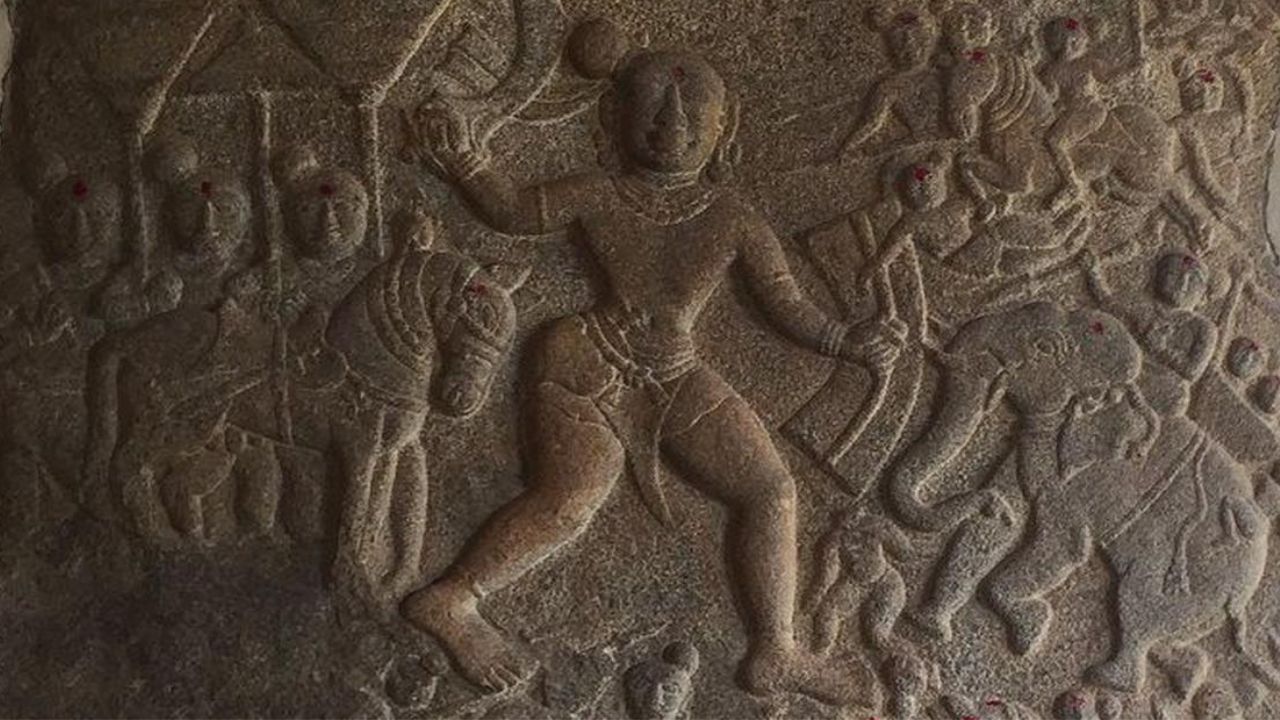
Hello, Wave
Read More
Sanity Break #1
Here’s some serious eye candy to set you up for the new year. Artist Carol Long’s ceramic sculptures that often take the shape of insects and wildlife.

Headlines that matter
Check out this edition for the most important stories from around the world today!

Sanity Break #2
If you’re ever tempted to order a samosa at a five-star restaurant… consider this a public service announcement.

Smart & Curious
Here’s a list of intriguing things to pique your interest and wonder at our weird, wacky world.

Feel Good Place
Need an immediate pick-me-up? We have you covered! From hilarious animal clips to stuff that’ll make you go “lol why?!”, we have all you need to keep you sane on even your worst hair day.






